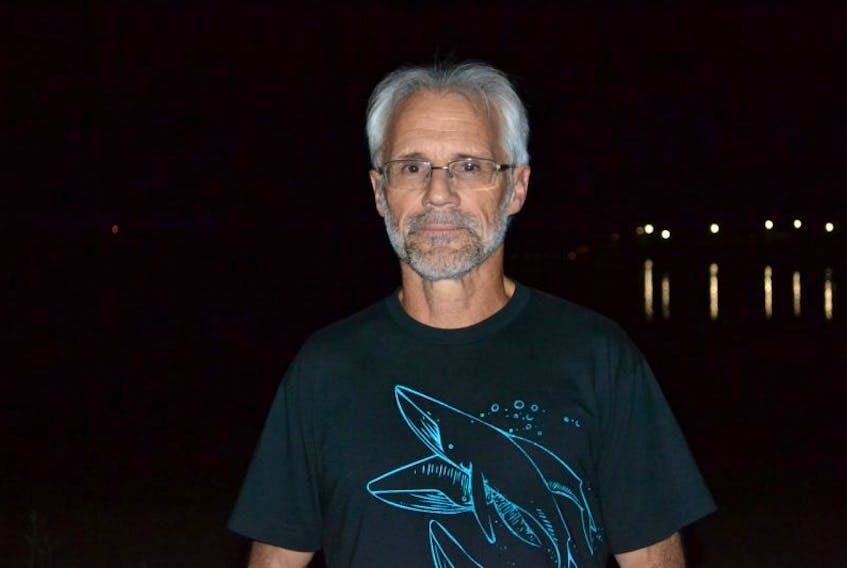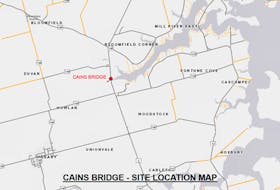
Daoust, an anatomic pathologist at the Atlantic Veterinary College in Charlottetown, was brought in to work on seven of the 13 North American right whales found in the Gulf of St. Lawrence this summer, something he said is concerning.
“It’s pretty obvious that something is really wrong.”
Daoust gave a presentation at the Island Nature Trust’s recent annual general meeting and said to see a dead whale, one at a time, is “impressive”.
“But when you see them all like this, it’s quite depressing,” he said. “I call it an ‘unusual mortality’. I think you might say a tragic mortality.”
The term ‘unusual mortality’ is used when a species at particular risk of extinction sustains a number of mortalities, he said.
“If three to four right whales die in a short period of time, it’s an unusual mortality event. We’re at three times that amount, that’s what happened this past summer.”
The AVC, in collaboration with organizations including the Department of Fisheries and Oceans, the Canadian Wildlife Heath Cooperative and the Marine Animal Response Society, have been trying to determine the cause of death of these marine mammals since the first right whale death in June.
Because the report is not yet complete, Daoust said it would be “unethical at this time” to give definitive answers.
He did say, however, that six of the seven right whales he examined had linear scars, which are consistent with injuries resulting from being entangled in fishing gear, and confirmed two of the deaths were a direct result of entanglement.
“Definitely yes. We based that on the presence of scar tissue around those entangled areas and the fact that they have thin blubber,” he said. “It does indicate that the entanglement was anti-mortem and was the cause of death.”
A spokesperson from Fisheries and Oceans said the department takes risks posed by fishing gear lost or abandoned in the water “very seriously” especially considering the risk it poses to whales, including right whales.
Steve Hachey said the Fisheries Act requires all gear to be removed from the water after use or when the fishery is closed, and if there isn’t compliance, “charges may be laid for non-conformity”.
Due to the large number of right whales in the Gulf this summer, DFO placed particular effort on recovering lost or abandoned gear after the snow crab fishery in Area 12 closed, Hachey said, adding it led to the recovery of 217 traps.
“An investigation is ongoing and charges could be laid against the owners of the gear if the department is able to prove traps were voluntarily abandoned,” he said. “Loss of fishing gear is quite frequent and is often caused by weather conditions or marine traffic. DFO encourages fishermen to report any lost fishing gear.”









